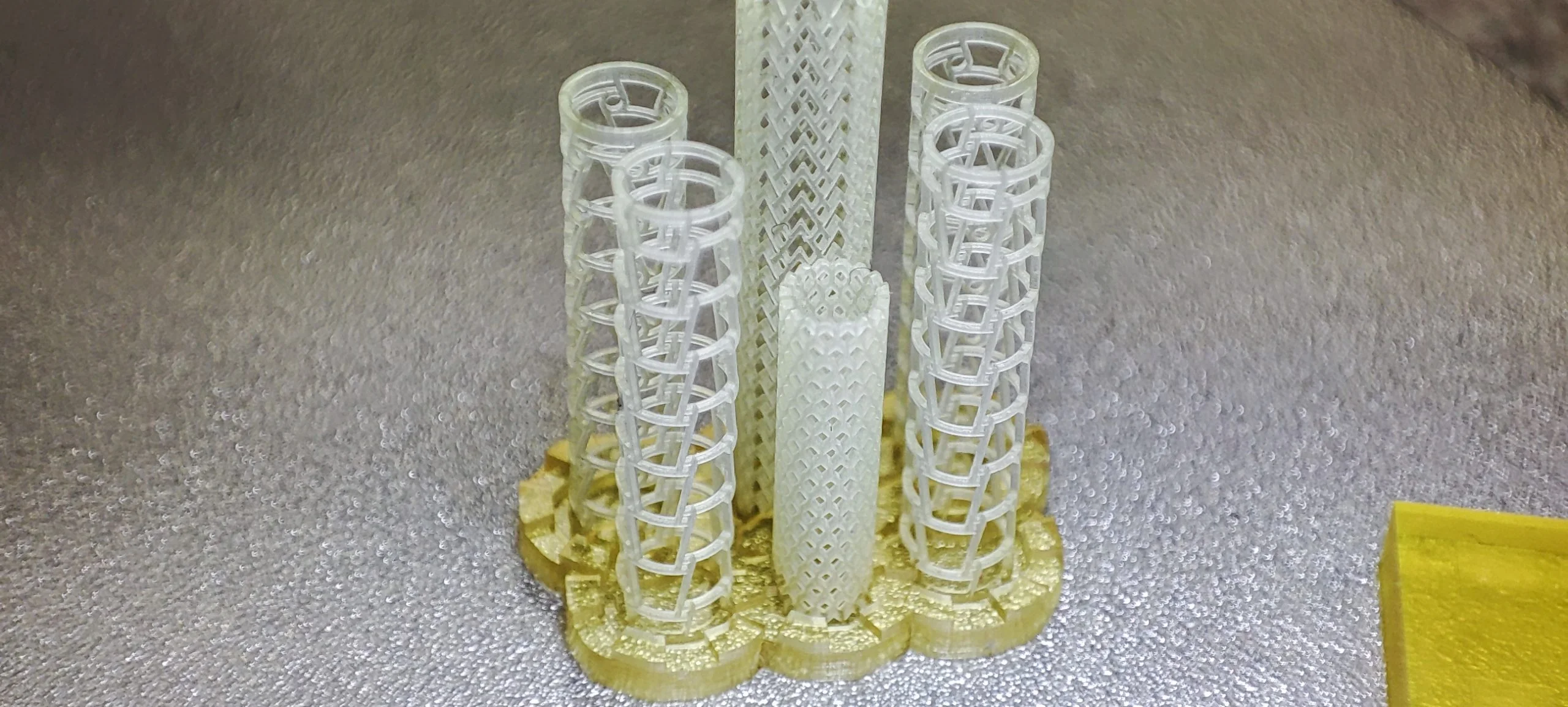IPFL are one of many leading companies who are adopting PµSL to 3D print true microstructures with ultra-high printing resolution (2µm~50µm) and printing tolerance (+/- 10µm ~ +/- 25µm).
Micro 3d printing has accepted the challenge of producing parts with much finer detail, better precision, and higher accuracy. This being ideal for the production of much smaller and intricate components.

Micro-precision 3D printing is the optimal manufacturing process for various use cases across a wide variety of industries. The combination of ultra-high resolution, accuracy, and precision allows for more intricate, exact, and replicable parts.
IPFL has been making high-precision plastic components for clients all around the world for over 50 years. IPFL’s micro3D services was born out of a need for our well-established and expanding clientele.

Micro 3D Electronics
What we really want to look at are the real advantages to Micro 3D printing through the BMF technology. This lies within the layer heights and x/y resolution available, rather than a best case of 50µm in z and 35µm x/y we’re printing at 10µm on the z axis and 10µm in the x/y.
Micro 3D enables you to accelerate your prototype and production processes while manufacturing high-quality components with unparalleled precision and resolution. IPFL’s micro3D manufacturing specialises in very precise micro-manufacturing and 3D printing output, finely detailed components are manufactured with high accuracy, batch manufacturing and on-demand prototyping.

…use the micro stereolithography technique to produce features on items that would be impossible to acquire using conventional methods. Micro 3D printing allows us obtain a surface finish of up to 0.4µm Ra on top surfaces and 1.5µm on side walls by printing at 10µm layers. 10µm 3D printing provides a degree of precision and accuracy that allows for the fabrication of the most difficult micro items.

Micro 3D Printed parts
Ultimately, its clear to see that our world has produced a great need for fine featured, precision components. Especially in the science and technology fields. Producing parts through the traditional methods will still maintain for a long time; there are some things that just cannot be matched – but we are however approaching a tipping point in where the majority of our production time is spent.
Ultimately, we’ve achieved a great step into component miniaturisation and production.
Find out more about Micro 3D with IPFL on our dedicated website